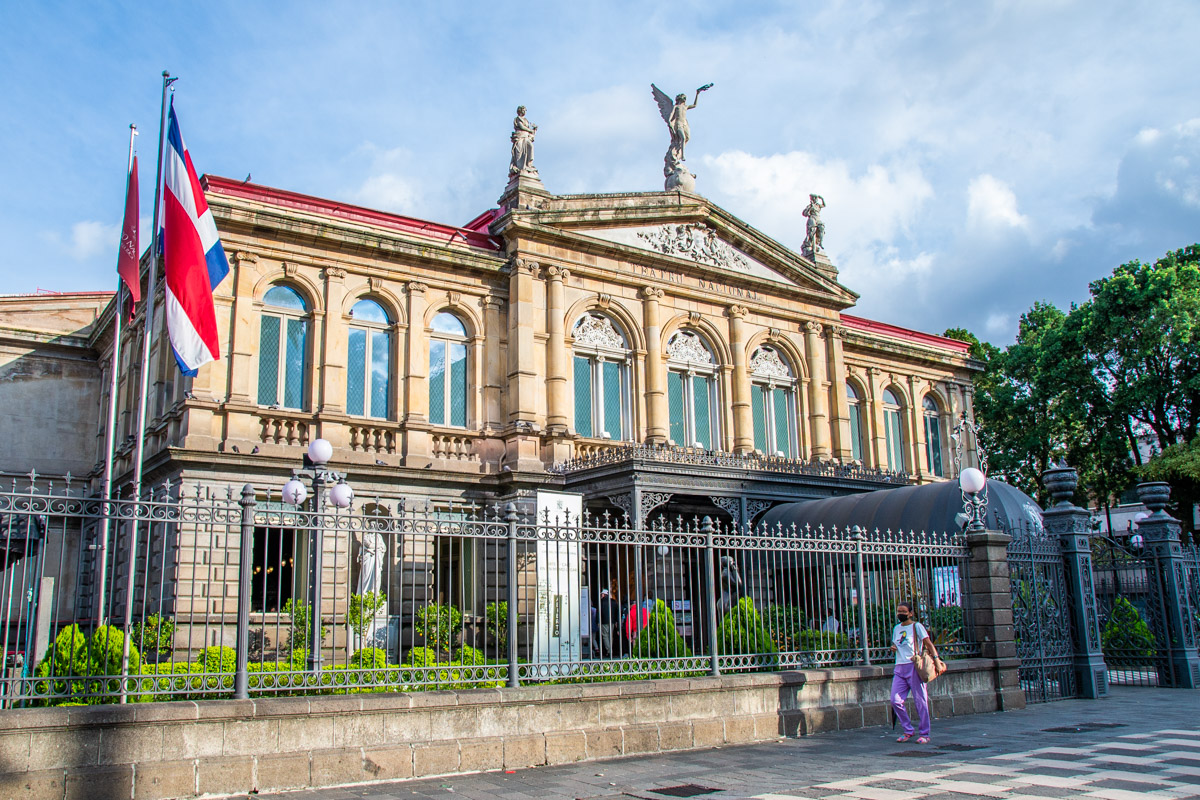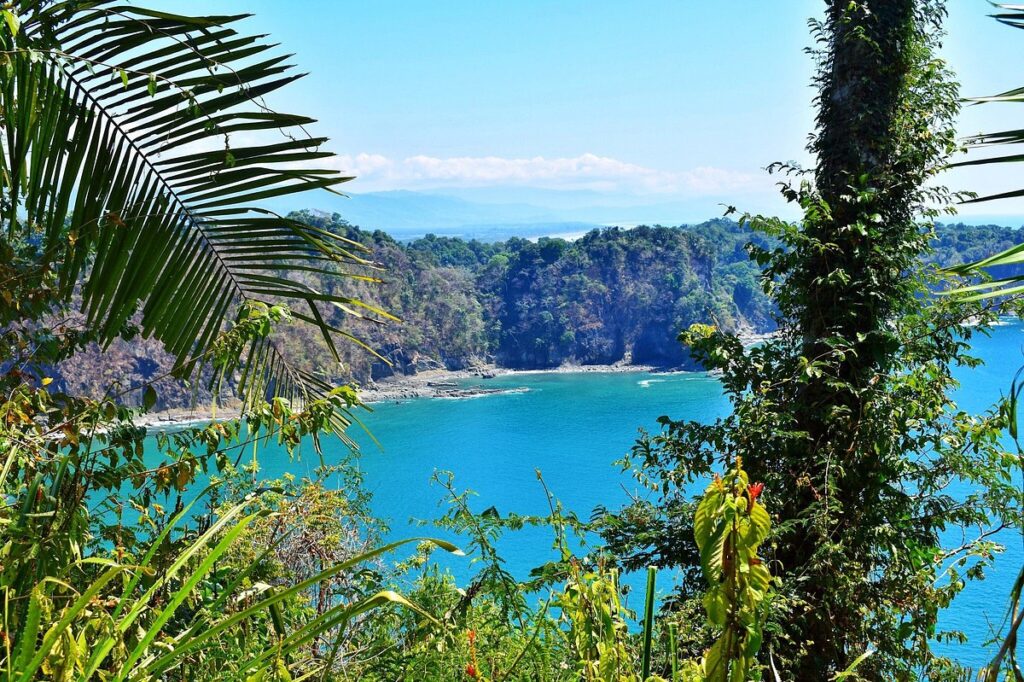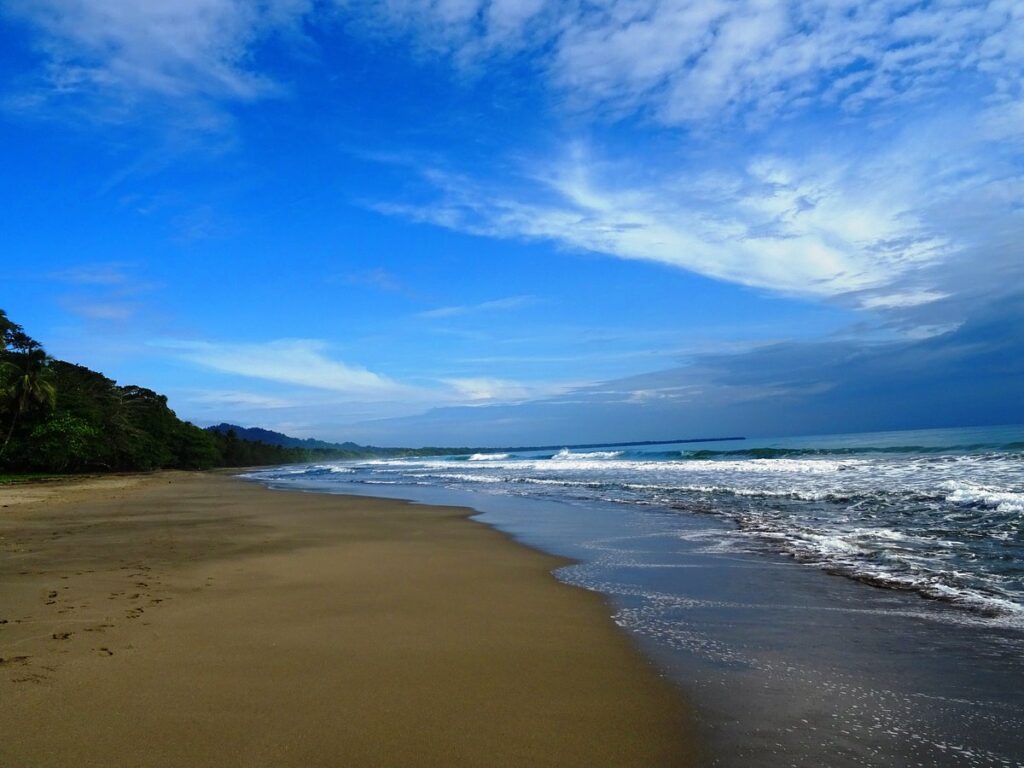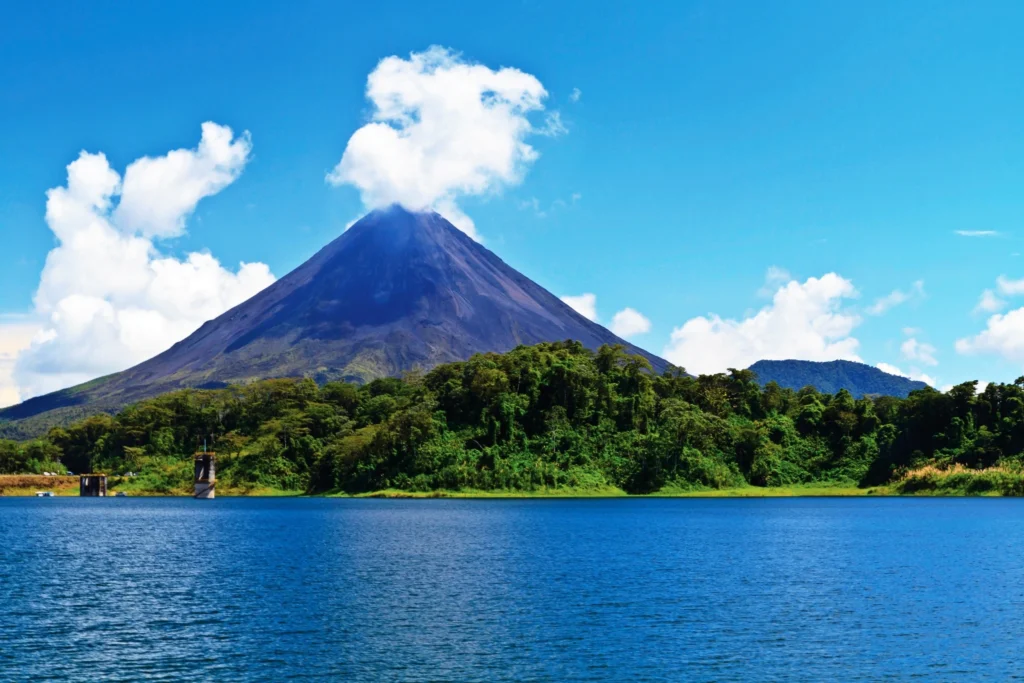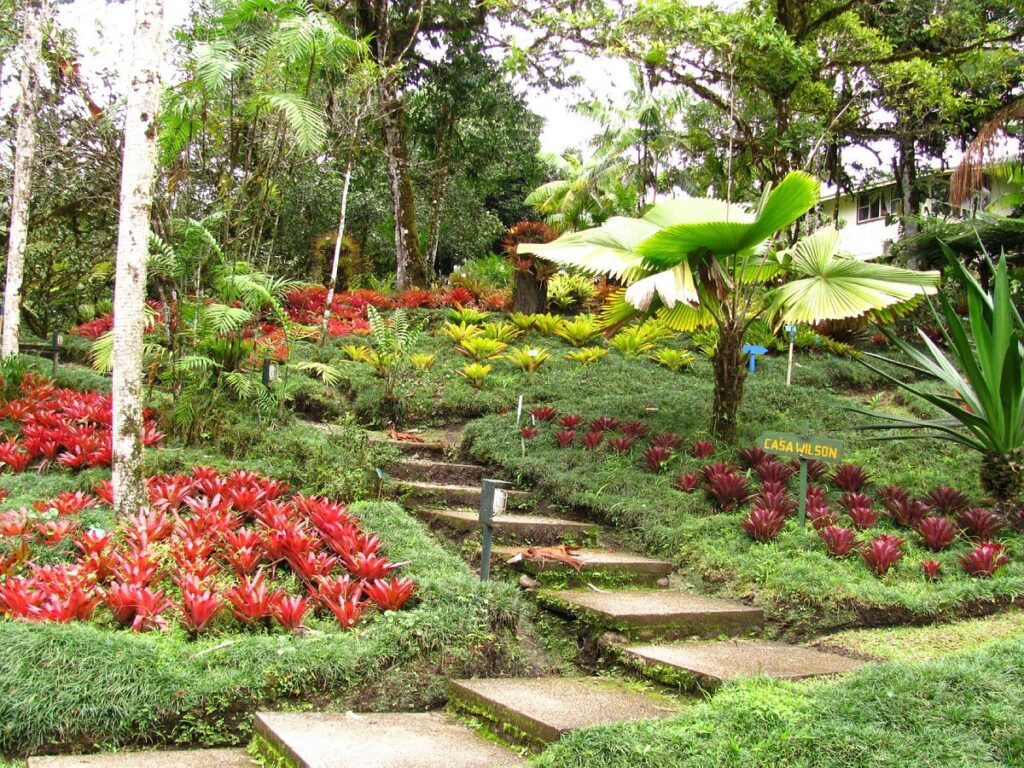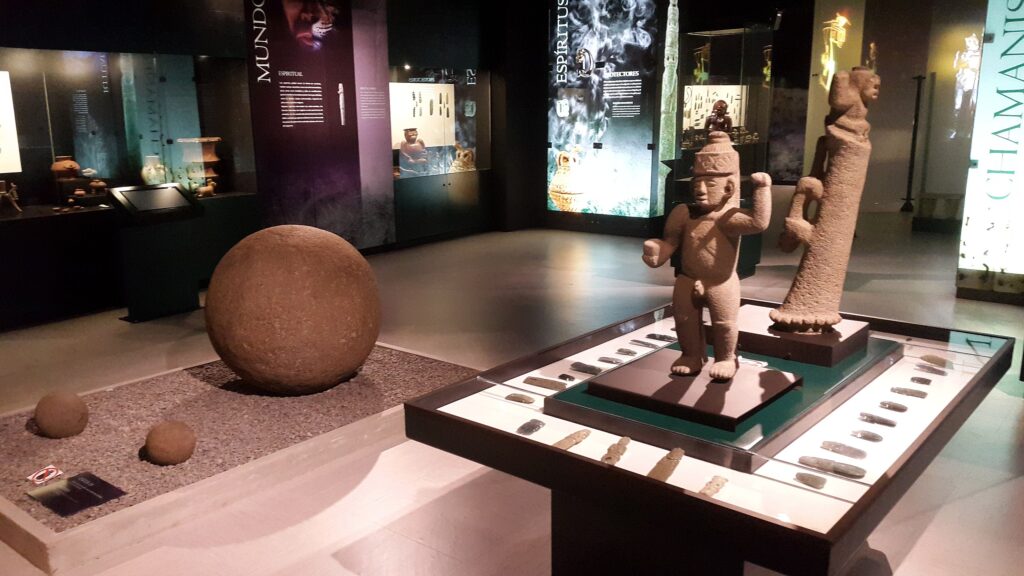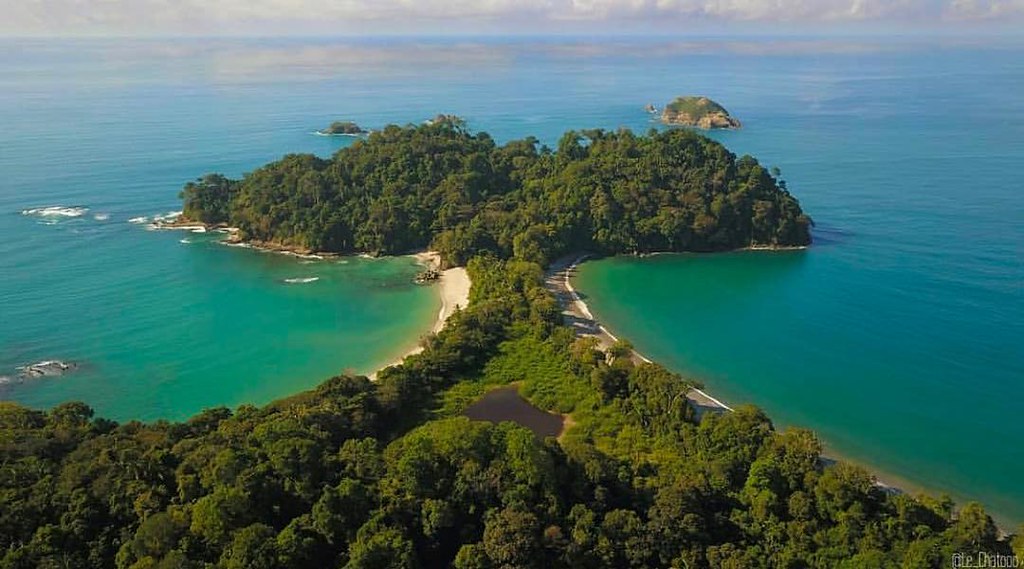On the southern edge of Plaza de la Cultura stands the Teatro Nacional, San José’s most cherished landmark. Completed in 1897, its neoclassical façade—adorned with columns and statues of Beethoven and the Spanish playwright Calderón de la Barca—welcomes visitors into a marble-lined lobby and an elegant auditorium decorated with paintings that capture 19th-century Costa Rican life.
A Brief History
Driven by President José Joaquín Rodríguez Zeledón’s vision of creating a cultural masterpiece, the theater was constructed despite the country’s small population—San José had only about 20,000 residents at the time. To fund the project, the government imposed a tax on coffee exports, the nation’s primary source of income. Construction challenges persisted until an Italian engineer took over and brought the project to fruition.
The theater’s most iconic painting, Alegoría al café y el banano, portrays romanticized scenes of coffee and banana harvesting. Created in Italy and shipped to Costa Rica, the piece was once featured on the now-retired ₡5 banknote. Ironically, the painter had likely never seen a real banana harvest, as suggested by the figure awkwardly holding a banana bunch.
Performances & Guided Tours
As Costa Rica’s premier venue for the performing arts, the Teatro Nacional hosts an array of events—drama, dance, opera, classical concerts, and Latin American music—mostly from March to November. Daily guided tours (offered hourly in both English and Spanish) reveal the stories behind the theater’s architecture, artwork, and cultural significance. A highlight of the tour is access to exclusive areas like the richly decorated Smoking Room. Children under 12 can join for free.
Alma de Café
Nestled inside the theater, Alma de Café is one of San José’s most atmospheric spots, inspired by early 20th-century Viennese cafés. Patrons can enjoy cappuccinos, crepes, and quiches beneath intricate ceiling frescoes and rotating art displays. Signature drinks like the cinnamon- and clove-infused chocolate alma de café offer a perfect midday treat. The café also serves as a convenient starting point for walking tours around the city.

